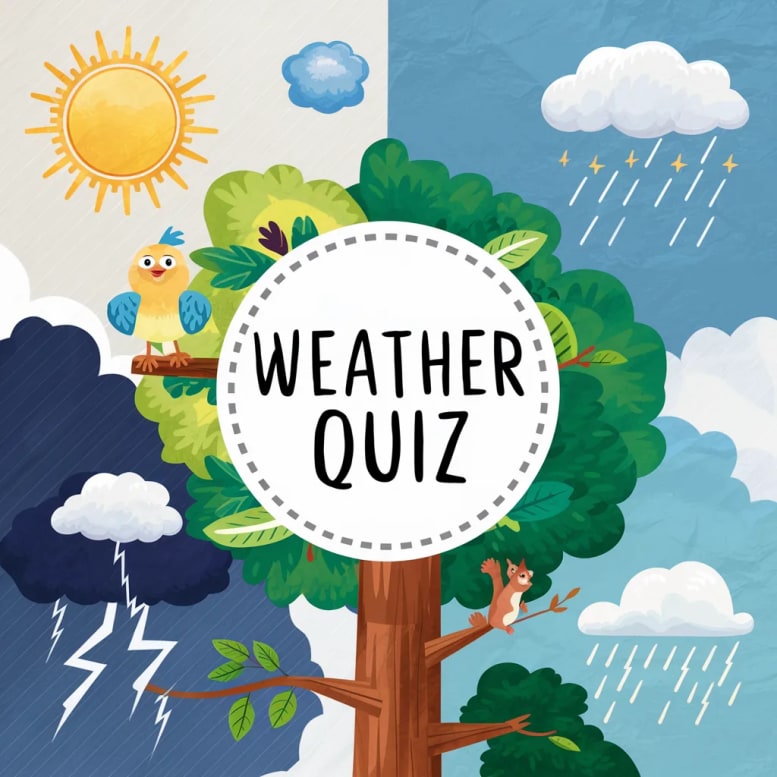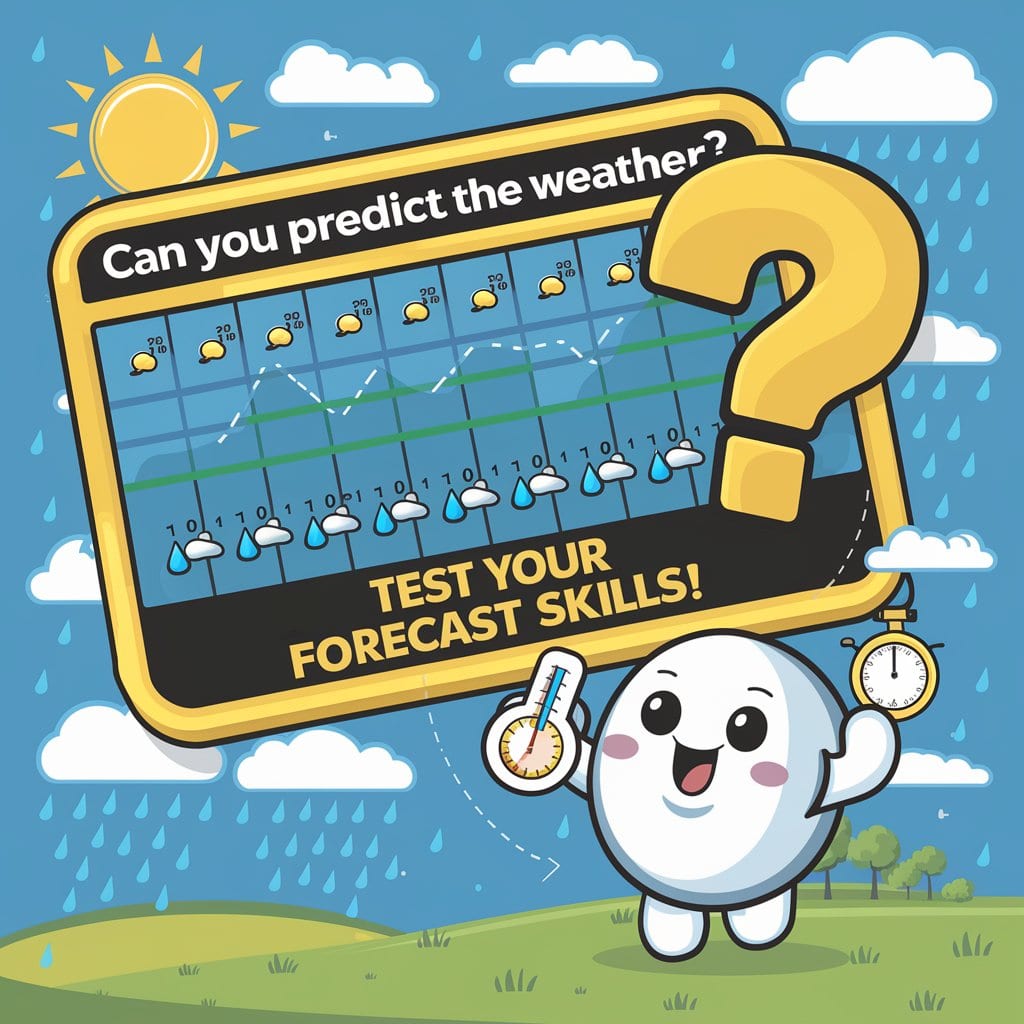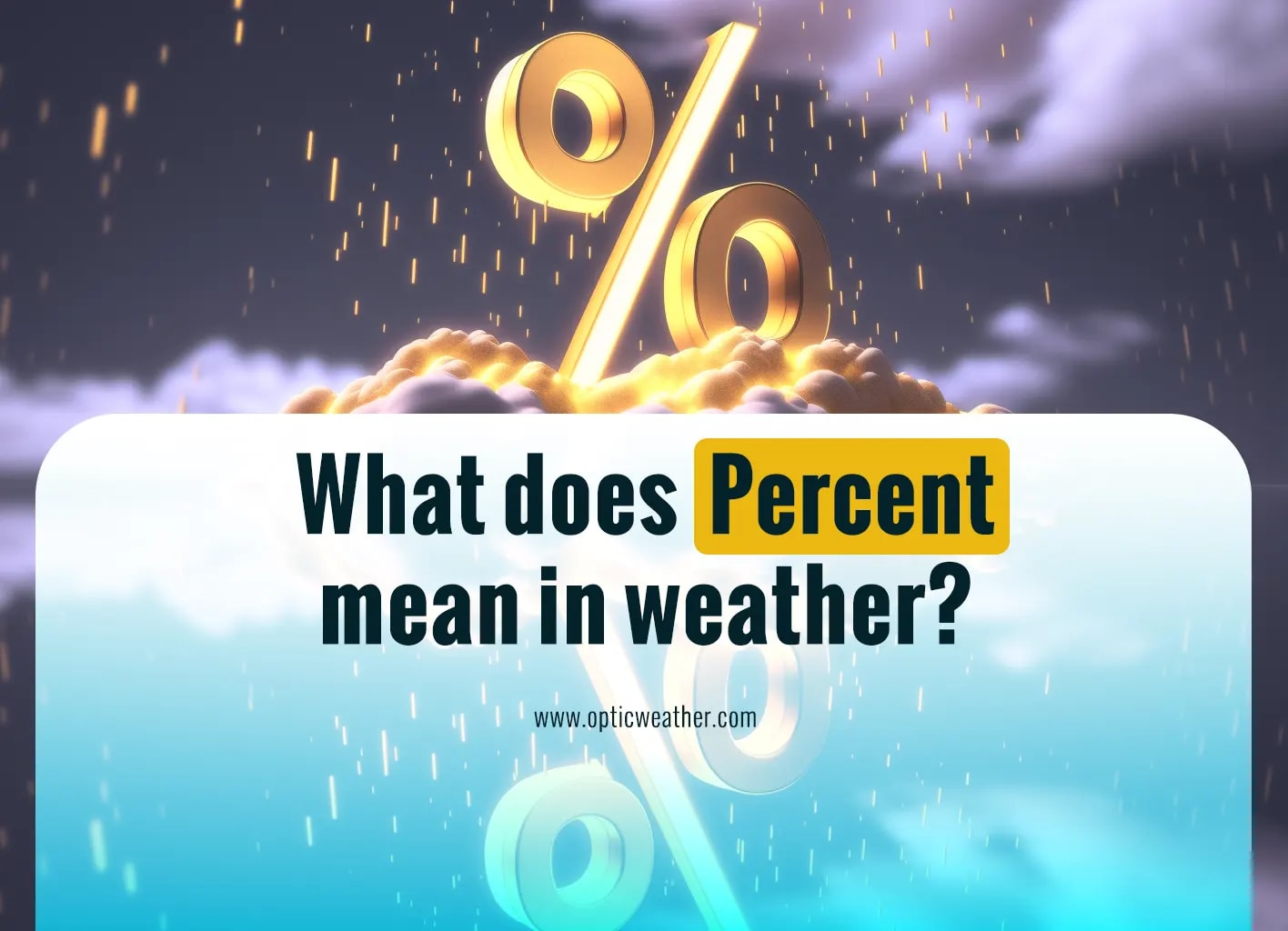Allergy Forecast Generator - allergy and pollen tools
About Allergy Forecast Generator allergy and pollen tools
Provides an allergy forecast, typically based on pollen counts, mold levels, and other allergy triggers.
Formula:
N/A (Allergy forecasting relies on complex models and real-time data on pollen, mold, and other allergens.)
Tips:
Allergy forecasts can help you plan outdoor activities and manage allergy symptoms effectively.
Factors like wind speed and direction can influence pollen distribution.
Keep track of local weather patterns and allergy seasons to anticipate potential triggers.
Fun Fact:
Ragweed pollen is a major allergy trigger, affecting millions of people in North America during the late summer and fall.
Related Article
Seasonal Sniffles: A Guide to Understanding Pollen, Allergies, and Weather's Role
Spring's bloom, summer's lush greenery, and fall's colorful foliage are sights to behold, but for millions of people, these seasons also bring the unwelcome arrival of allergies—those irritating symptoms like sneezing, runny nose, itchy eyes, and congestion.
This guide will explore the world of pollen, allergies, and the influence of weather, providing insights into the causes, triggers, and strategies for managing seasonal allergies.
1. Pollen: The Tiny Troublemaker
Pollen, a fine powder produced by plants, is essential for plant reproduction, but for allergy sufferers, it's a microscopic menace.
- What is Pollen? Pollen grains are tiny male reproductive cells released by plants. They are carried by wind, insects, or animals to fertilize other plants.
- Allergenic Pollen: Not all pollen triggers allergies. Only pollen from wind-pollinated plants, such as trees, grasses, and weeds, is typically allergenic.
- Seasonal Variations: Pollen levels fluctuate throughout the year, with different plants releasing pollen at different times:
- Spring: Tree pollen is typically highest in the spring.
- Summer: Grass pollen dominates during the summer months.
- Fall: Weed pollen, particularly ragweed, is prevalent in the fall.
2. Allergies: An Immune System Overreaction
Allergies occur when the body's immune system overreacts to a normally harmless substance, such as pollen.
- Allergens: Substances that trigger an allergic reaction are called allergens.
- Immune Response: When an allergy sufferer inhales pollen, their immune system releases histamine and other chemicals that cause inflammation and the classic allergy symptoms.
3. Weather's Role: A Complex Interplay
Weather plays a significant role in influencing pollen levels and the severity of allergy symptoms.
Wind:
- Dispersal: Wind carries pollen grains over long distances, spreading them far and wide.
- Strong Winds: High wind speeds can stir up pollen, increasing its concentration in the air.
- Wind Direction: Wind direction can determine where pollen travels, influencing which areas experience higher pollen levels.
Temperature:
- Warm Temperatures: Promote plant growth and pollen production.
- Cold Temperatures: Can reduce pollen release.
Humidity:
- High Humidity: Can make pollen grains heavier and stickier, keeping them closer to the ground.
- Low Humidity: Allows pollen grains to become lighter and more easily airborne.
Rainfall:
- Rain: Can wash pollen out of the air, temporarily reducing pollen levels.
- Dry Conditions: Can lead to higher pollen levels, as pollen grains remain airborne.
Thunderstorms:
- "Thunderstorm Asthma": In some cases, thunderstorms can trigger asthma attacks in people with pollen allergies. This is thought to be due to the release of pollen fragments and other allergens into the air during storms.
4. Managing Seasonal Allergies:
- Allergy Testing: If you suspect you have allergies, allergy testing can identify specific allergens you're sensitive to.
- Medications: Over-the-counter or prescription medications can help relieve allergy symptoms.
- Antihistamines: Block the effects of histamine.
- Nasal Corticosteroids: Reduce inflammation in the nasal passages.
- Decongestants: Relieve nasal congestion.
- Avoidance: During peak pollen seasons, try to:
- Limit Outdoor Activities: Especially during high pollen count days and windy conditions.
- Keep Windows Closed: Prevent pollen from entering your home.
- Wear a Mask: If you must be outdoors during high pollen counts, wearing a mask can help filter out pollen.
- Air Purifiers: Can help remove pollen and other allergens from indoor air.
- Pollen Forecasts: Check pollen count forecasts to plan outdoor activities and manage your allergy medications effectively.
5. Allergy and Pollen Tools:
- Pollen Count Websites and Apps: Provide real-time and forecasted pollen levels for specific locations.
- Weather Apps with Allergy Information: Offer pollen forecasts and allergy alerts.
- Allergy Trackers: Allow you to log your symptoms and track pollen levels to identify patterns and triggers.
Allergies and Weather: Living in Harmony
Seasonal allergies can be a nuisance, but by understanding the role of pollen and the influence of weather, you can take proactive steps to manage your symptoms and enjoy the outdoors. From checking pollen forecasts to adjusting your activities based on weather conditions, a little weather wisdom can go a long way in helping you breathe easier during allergy season.
Some related Fun Facts...
Allergy & Pollen Fun Facts:
- Ragweed pollen, a major allergy trigger, can travel up to 400 miles (640 km) in the wind.
- Honeybees, while essential for pollination, are not typically a source of allergenic pollen.
- Some people experience "oral allergy syndrome" where they react to certain fruits or vegetables due to cross-reactivity with pollen allergens.
- The word "pollen" comes from the Latin word for "fine flour" or "dust."
- Pollen grains are microscopic, but they can be seen under a microscope and exhibit a wide variety of shapes and sizes.
- Some people are allergic to mold spores, which are also released by fungi and can be affected by weather conditions.
- Climate change is altering pollen seasons, making them longer and more intense in some regions.
- Scientists are developing new methods for predicting pollen levels and allergy risks using weather models and data analysis.
- Managing allergies effectively involves a combination of medication, avoidance, and lifestyle changes.
- Understanding pollen patterns and weather's influence can help allergy sufferers take steps to minimize their symptoms and improve their quality of life.
Frequently Asked Questions
Allergy & Pollen FAQ:
1. What are allergies? When the immune system overreacts to a harmless substance (allergen), like pollen, dust mites, or pet dander.
2. What is pollen? Tiny grains released by plants for reproduction. Only pollen from wind-pollinated plants (trees, grasses, weeds) is typically allergenic.
3. What are common allergy symptoms? Sneezing, runny nose, itchy eyes, congestion, coughing, wheezing, skin rashes.
4. What is a pollen count? A measure of how much pollen is in the air, usually expressed as grains per cubic meter of air.
5. When are pollen counts highest? Varies by plant type. Tree pollen is highest in spring, grasses in summer, and weeds (like ragweed) in fall.
6. How does weather affect pollen levels? Wind spreads pollen, rain washes it away, temperature influences production, and humidity affects how easily it becomes airborne.
7. What are some ways to manage allergies? Medications (antihistamines, nasal corticosteroids), avoidance of triggers, air purifiers, and allergy shots (immunotherapy).
8. Where can I find pollen forecasts? Weather apps, websites, and allergy-specific resources provide pollen count predictions.
9. Can thunderstorms worsen allergies? Yes, they can rupture pollen grains, creating smaller particles that are more easily inhaled, triggering "thunderstorm asthma" in some.
10. What is "hay fever"? A common term for seasonal allergic rhinitis, often triggered by pollen.
















